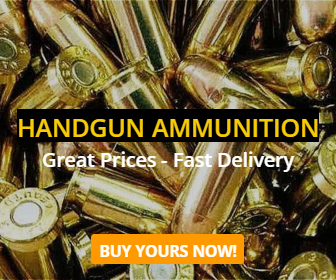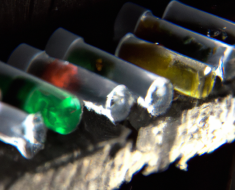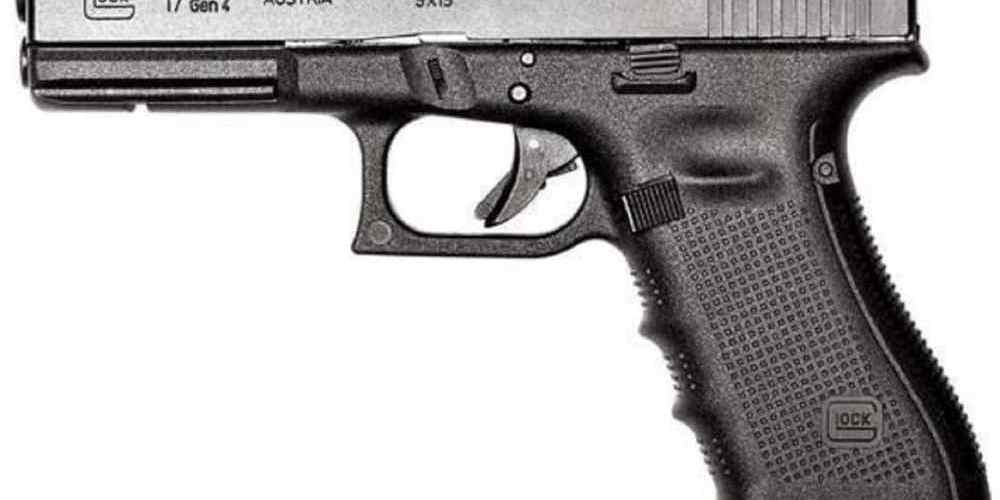Understanding Bonded vs. Non-Bonded Hollow Points
When it comes to selecting ammunition for self-defense or hunting purposes, one of the key decisions that gun owners have to make is choosing between bonded and non-bonded hollow points. Both types of ammunition have their own set of advantages and disadvantages, and understanding the differences between them can help you make an informed decision based on your specific needs and preferences.
Bonded Hollow Points
Bonded hollow points are designed to provide maximum weight retention upon impact, making them ideal for situations where deep penetration is crucial. These bullets are constructed with a lead core that is bonded to the jacket, preventing separation upon impact with the target. This bonding process ensures that the bullet expands consistently and retains its weight, resulting in deeper wound channels and increased stopping power.
- Maximum weight retention
- Deep penetration
- Consistent expansion
- Increased stopping power
Non-Bonded Hollow Points
Non-bonded hollow points, on the other hand, are designed to expand rapidly upon impact, creating larger wound channels and transferring more energy to the target. These bullets typically feature a hollow cavity at the tip, which allows for controlled expansion upon contact with soft tissue. While non-bonded hollow points may not retain their weight as well as bonded bullets, they are known for their superior expansion capabilities and devastating terminal performance.
- Rapid expansion
- Larger wound channels
- High energy transfer
- Devastating terminal performance
Choosing the Right Ammunition
When deciding between bonded and non-bonded hollow points, it’s important to consider your intended use case and personal preferences. If you prioritize deep penetration and maximum weight retention, bonded hollow points may be the better option for you. On the other hand, if you value rapid expansion and superior terminal performance, non-bonded hollow points may be more suitable for your needs.
It’s also worth noting that both types of ammunition have their own strengths and weaknesses in terms of barrier penetration and reliability. Bonded hollow points are generally better at maintaining their trajectory when encountering barriers such as heavy clothing or glass, while non-bonded hollow points may experience more deformation or fragmentation under similar conditions.
Conclusion
In conclusion, understanding the differences between bonded and non-bonded hollow points can help you make an informed decision when selecting ammunition for self-defense or hunting purposes. Both types of bullets have their own unique characteristics and advantages, so it’s important to consider your specific needs and preferences before making a choice. Whether you prioritize deep penetration or rapid expansion, there is a type of hollow point ammunition that is tailored to your requirements.
Ultimately, the best way to determine which type of ammunition is right for you is to test different options at the range and see how they perform in real-world scenarios. By doing so, you can gain valuable insights into the capabilities of bonded and non-bonded hollow points and make an educated decision based on empirical evidence rather than just theoretical knowledge.





